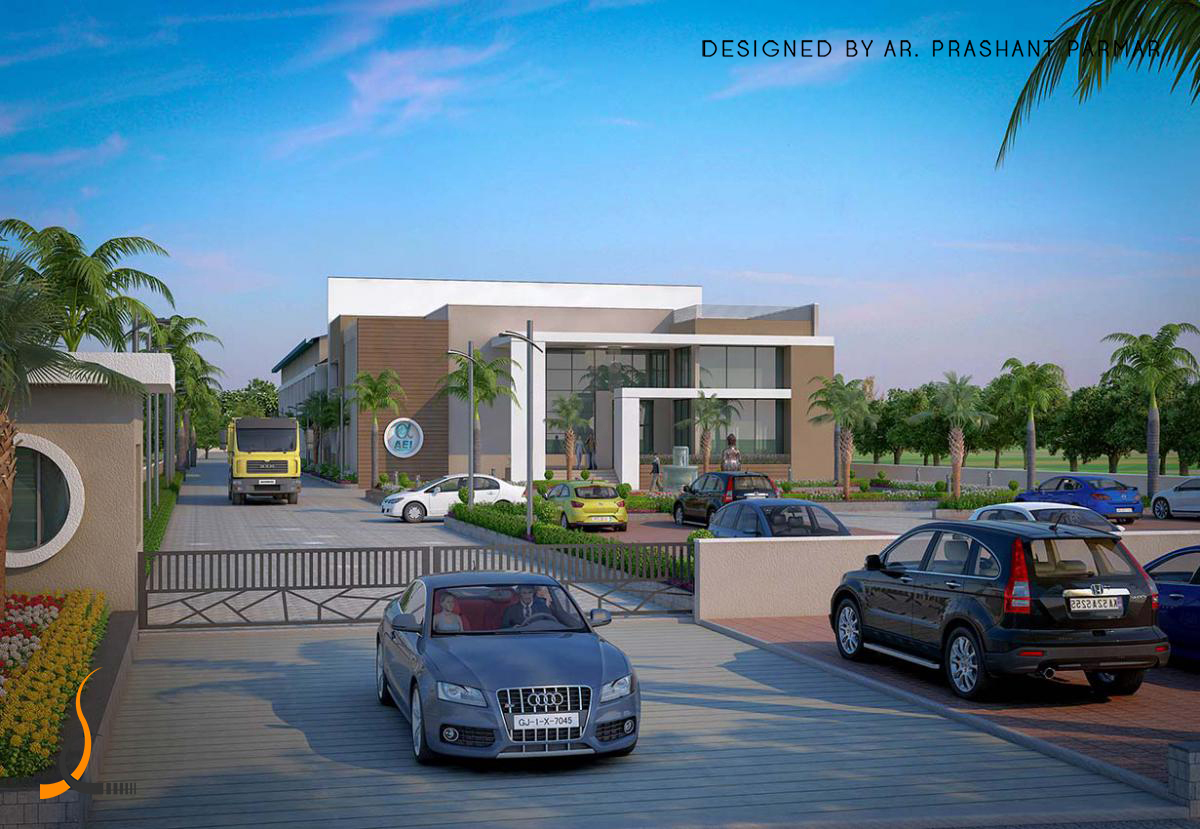Like with any other profession, when hiring a Top Architects In Ahmedabad, you need to consider certain factors to make the best decision for your home. Here are our top five tips for hiring the perfect interior designer for your needs.
-
Define your style
It can be tricky to describe your style to someone else. However, you must be able to do this when hiring an interior designer. This will help them get a sense of your taste, but it will also help them narrow down the list of possible designers for you. If you're still having a hard time putting it into words, try describing the mood or feeling you want your home to evoke.

-
Set a budget
One of the most important things to do before hiring an Interior Designer In Vadodara is to set a budget. Interiors can get expensive quickly, so it's important to know what you're comfortable spending. Interior designers can work with any budget, but it's important to be upfront about what you can and can't spend. Don't be afraid to get creative with your budget, either. There are many ways to get the look you want without spending a fortune. Whatever you do, make sure you're clear about your budget from the beginning, so there are no surprises down the road.
-
Do your research
When hiring an interior designer, it's important to do your research. A good place to start is to look for designers who specialise in the style you're interested in. Once you've narrowed it down, take a look at their portfolio and read testimonials from past clients. This will give you a good idea of their skills and what to expect from working with them. You should also ask for referrals from friends and family who have worked with designers in the past. Finally, set up interviews with a few different designers so you can get a feel for their personalities and how they work. Trust your gut instinct—if something feels off, it probably is!
-
Meet with a few designers
Interviewing a few interior designers is the best way to find the one that's the perfect fit for your project. It also allows you to get a sense of their personality, design style and approach. You'll want to discuss your budget, needs and timeline at the outset so that you and the designer are clear on what's involved. Ask lots of questions and make sure you feel confident that the designer has a good understanding of your vision. Don't be afraid to ask for referrals or recommendations, either. We always recommend meeting in person—that way, you can get a sense of their style and whether you click.
-
Make your decision
Now that you have a good idea of what you're looking for, it's time to decide. Interview a few designers and ask them questions about their process, design philosophy and what they think would be the best solution for your needs. Take your time with this process, and don't be afraid to ask for references from past clients. It's important to feel comfortable with the person you're entrusting with your home's transformation. Once you've decided, the fun part begins—picking fabrics, colours and furniture!
Conclusion:
When it comes to interior design, it's important to find a professional who understands your style and your budget. By following these tips, you'll be able to find the perfect interior designer for your home.
Comments
Post a Comment